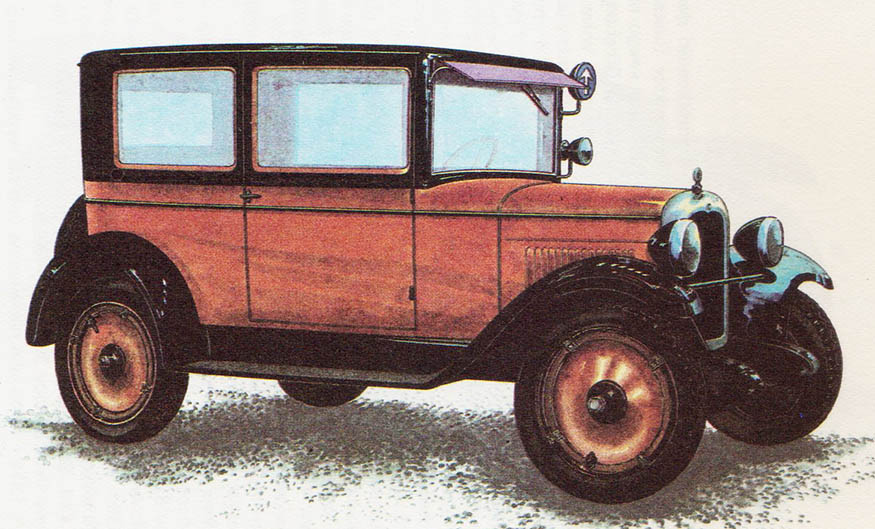CHEVROLET CAPITOL – year 1927
Manufacturer: Chevrolet Motor Co., Detroit, Michigan, USA.
Louis Chevrolet, famous racing driver on Buick cars, decided to set up a factory producing cars of his own design. This way in Detroit, in Michigan, originated in 1911 r. Chevrolet Motor Co., which were soon known all over the world. The company built its first car in 1912 r.
W 1917 r., that is, after six years of existence, the company was bought from Chevrolet by William Crapo Durand, founder of the GM concern. Thanks to this, the Chevrolet brand joined such renowned brands, like Buick, Oldsmobile, Cadillac i Oakland.
W 1922 r. William Knudsen has been appointed the new plant manager for Chevrolet, Danish by origin. Knudsen took over from Ford, where he left the position of director, band production system. In a short time, the Chevrolet plant under the leadership of the capable W. Knudsen began to produce better and larger cars than the Ford for the same price. Chevrolet has moved to the forefront of American car production.

Manufacturer: Chevrolet Motor Co., Detroit, Michigan, USA.
The Chevrolet Capitol is one of the successful models from this period. The car was delivered with a 4-cylinder in-line engine with a displacement 2760 cm3, with OHV overhead valve. The water-cooled engine developed power 19,1 kW (26 KM) by 1800 RPM. The rear-wheel drive was transmitted via a 3-speed gearbox. The classic longitudinal frame had rigid bridges, sprung with longitudinal leaf springs. Chevrolet Capitol did not have front wheel brakes, because the company was careful, that due to the "small” curb weight - 900 kg, it is unnecessary. Capitol with a two-door coach body developed maximum speed 80 km/h. The dimensions of the car were impressive: length 3900 mm, width - 1500 mm and height 1600 mm, it resulted in high fuel consumption - approx 12 liters per 100 km.
Only in 1928 r. Chevrolet started installing brakes on the front wheels of their cars as well. It became necessary due to the congestion of car traffic on the streets of American cities.